Viburnum Opulus: [Planting, Care, Irrigation, Substrate and Pests]
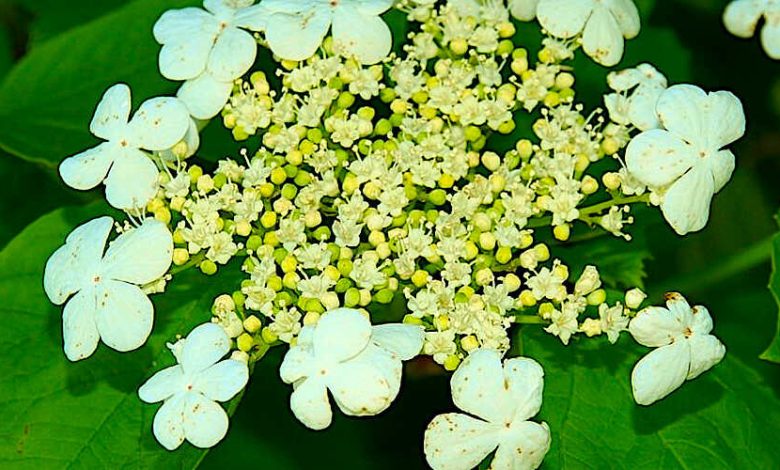
The plant known as Viburnum Opulus belongs to a large family of plants whose most interesting feature lies in its flowers. Because of the structure they produce, the Viburnum Opulus is also known as a snowball.
It is a medium-sized shrub that will go very well in gardens of all kinds, adding a very striking touch of color and elegance.
Are you in to see how a Viburnum Opulus can go from a seed to a leafy bush with white flowers?
Important points when planting a Viburnum Opulus
 Common name: Snowball, Mundillo, Sauquillo.
Common name: Snowball, Mundillo, Sauquillo.- Family: Caprifoliaceae.
- When? In spring.
- Where? In partial shade, any type of soil with good drainage.
- How do we prepare the land? With organic matter and good plowing to give looseness to the land.
- How should we water? By drip.
- How often do you have to water? Three times a week between spring and summer.
- What pests and diseases do they have? Powdery mildew and gray mold.
What is Viburnum Opulus?
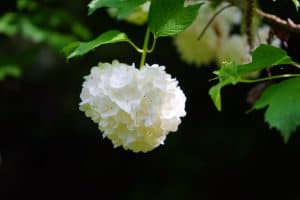 The Viburnum Opulus is one of the species with the highest ornamental value due to the structure produced by its snowball-shaped flowers.
The Viburnum Opulus is one of the species with the highest ornamental value due to the structure produced by its snowball-shaped flowers.
Being a bush, its height occupies a maximum of 5 meters, while the width does not go beyond 4 meters, which makes it an ideal option for your garden.
In addition, although it seems quite delicate in terms of its structure and flowering mechanism, it is actually very adaptable to all types of climate. And with it you can make many different designs, both with a single species and with several of the same type.
But it is important to clarify that this will only happen during the spring and summer, since it loses its leaves in the fall. It is evergreen.
Finally, it is worth noting that it is a plant that does not cause damage because it is not Toxic, nor does it have spikes.
Where should we plant the Viburnum Opulus?
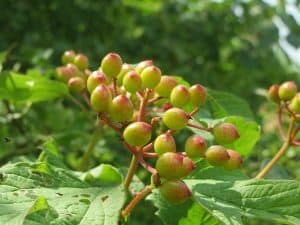 To make it feel more comfortable, it is best to place it in a semi-shaded area.
To make it feel more comfortable, it is best to place it in a semi-shaded area.
However, it will also be able to stay in good condition in full sunlight, as long as the irrigation system is well established.
The terrain will be the least relevant since it easily adapts to any feature, but ensuring that it has nutrients.
It is also very adaptable in terms of pH, being able to withstand from 5.5 to 8.
When soil conditions are below or above this range, the plant may be slow to grow and difficult to take advantage of nutrients.
Good drainage is essential because during the spring and summer months it will need a lot of water.
When should Viburnum Opulus be grown?
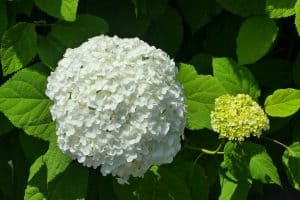 The crop will always have to wait for the spring season to arrive, since it will be the one that offers the best conditions.
The crop will always have to wait for the spring season to arrive, since it will be the one that offers the best conditions.
In any case, you could also wait until the first days of summer, but it is not recommended.
How do we prepare the land?
The soil must be prepared with some nutrients so that the Viburnum Opulus has a source from which to draw what it needs to grow.
But it is also important to know that its roots reach a good depth, which invites you to make large holes to plant.
Plowing is important to give looseness to the land and that the plant can adapt comfortably, starting to do it a couple of months before planting.
How to plant Viburnum Opulus step by step?
Planting will occur through three possible ways: seeds, cuttings and layers.
by seeds
- The treatment of the seeds will be extensive, since they need enough cold for a few months.
- The idea with these is to place a quantity of vermiculite in a container with a lid, spread the seeds and add some powdered sulfur.
- The sulfur will prevent fungi from appearing during this process. Then cover with more vermiculite.
- This container will be placed in the refrigerator and once a week it will be removed to let it circulate the air without a lid. It will be repeated for three months.
- At the end of this phase, the seeds will be transferred to a seedbed that will be kept outside in semi-shade. When it germinates, it is necessary to transplant .
by cuttings
- The cuttings will have to be worked with liquid rooting and placed directly in a pot with vermiculite.
- The cuttings will be kept there until they generate their own roots to transplant.
by layer
Layering will take much longer but is the easiest way.
In this case, it will be necessary to take a simple layer in spring and sow without taking off from the mother plant.
After a year and a half, he should be strong enough to live on his own.
What care does the Viburnum Opulus need?
fertilization
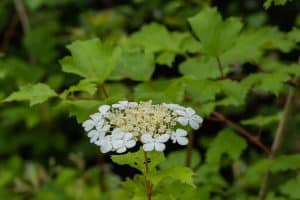 To ensure exemplary flowering, Viburnum Opulus needs a very careful fertilization process.
To ensure exemplary flowering, Viburnum Opulus needs a very careful fertilization process.
This should be started with organic matter during late winter and continued with fertilizers containing high levels of potassium and phosphorus afterwards.
Irrigation
Irrigation is also essential and more so in the spring and summer months.
This should be applied at least three times a week at this time, taking care not to flood and avoid wetting the foliage. Placing a hose at the base of the trunk for a few minutes will be more than enough.
pruning
Pruning can be done for plant protection purposes or to improve ornamental design.
- In the first case, the lower branches are usually removed to prevent them from hitting the ground or getting wet.
- In the second, it is used to give it the desired shape and remove the branches that seem more rebellious.
What pests and diseases does it have?
Among the main diseases that attack this species are powdery mildew and gray mold.
Powdery mildew is a very common disease in trees and can be treated with the use of ecological fungicides.
Gray mold, for its part, causes rotting of different parts of the plant and at the same time prevents them from obtaining their nutrients.
To prevent, it is very important to avoid excess moisture since it is through this that the fungi that produce it appear.
The Viburnum Opulus is one of the most beautiful flowering shrubs that exist and its cultivation can be done from an expert to a beginner.
Bibliography and references
- https://en.wikipedia.org/wiki/Viburnum_opulus
- https://web.extension.illinois.edu/focus_sp/graymold.cfm
- Book: Cultivars of Woody Plants: Genera V to Z by Laurence C, Hatch.


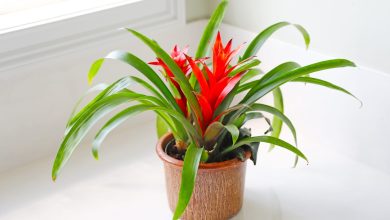

![Photo of Terraces: [Concept and Types] + How to Prepare One](https://www.complete-gardening.com/wp-content/uploads/2022/08/terraces-concept-and-types-how-to-prepare-one-390x220.jpg)